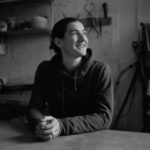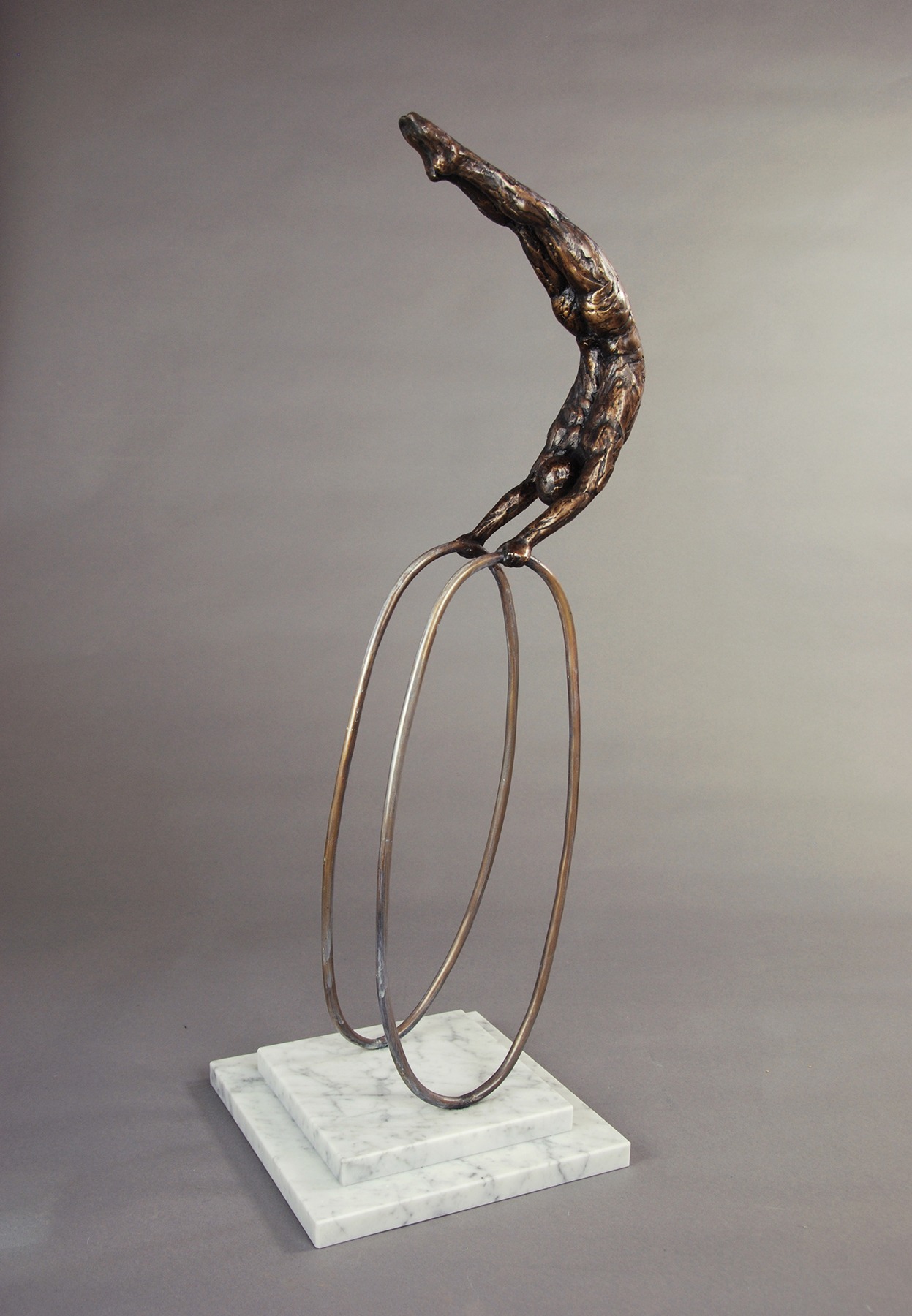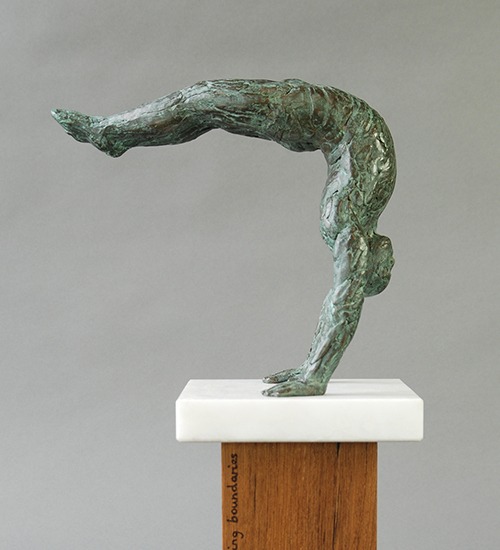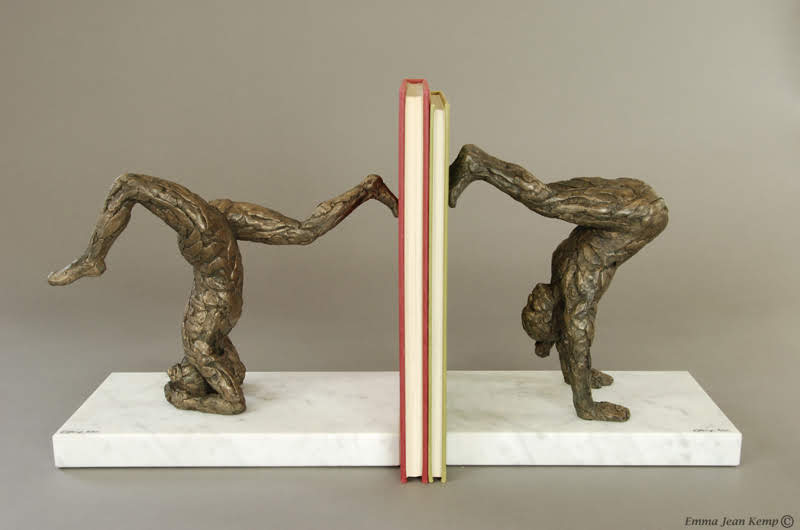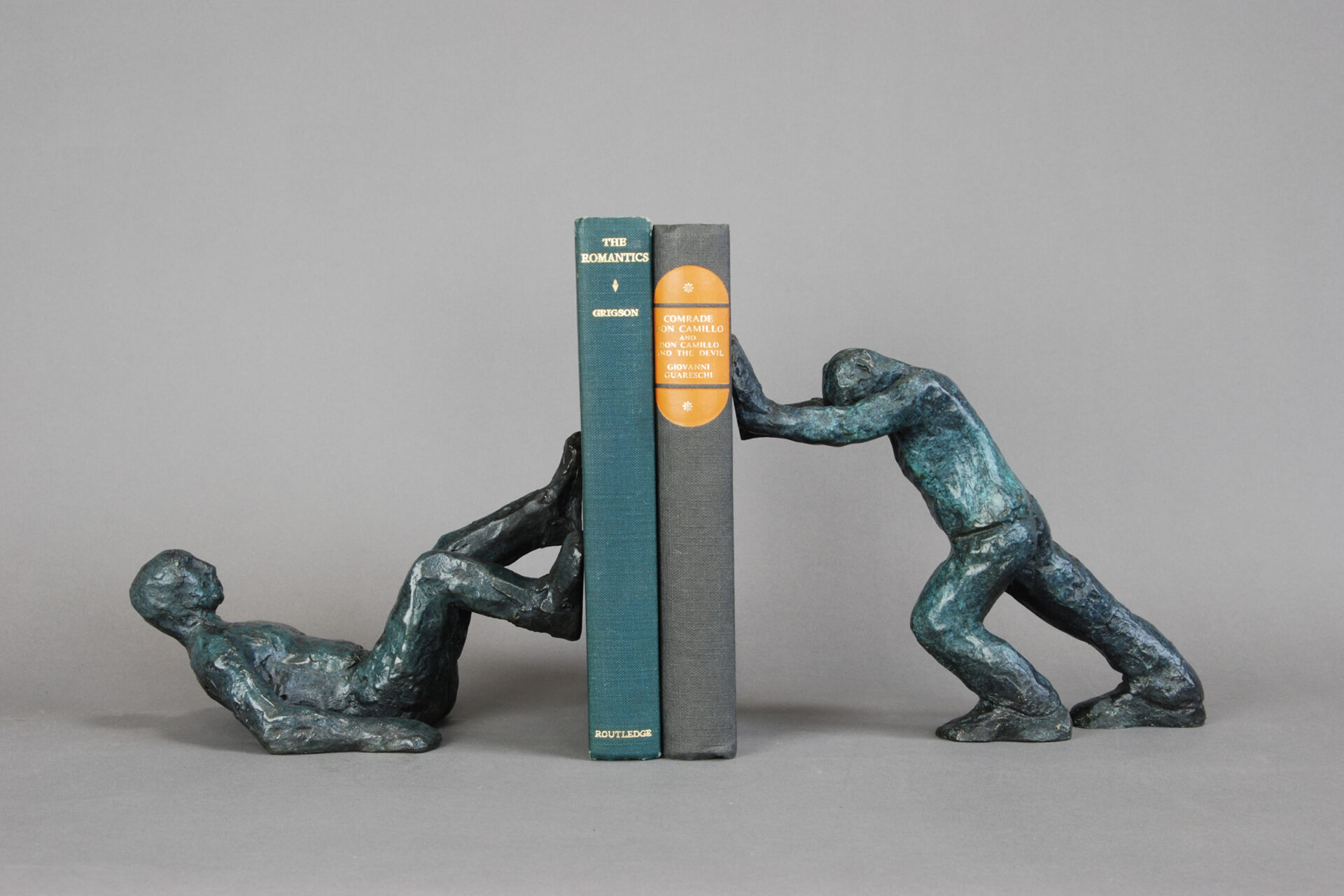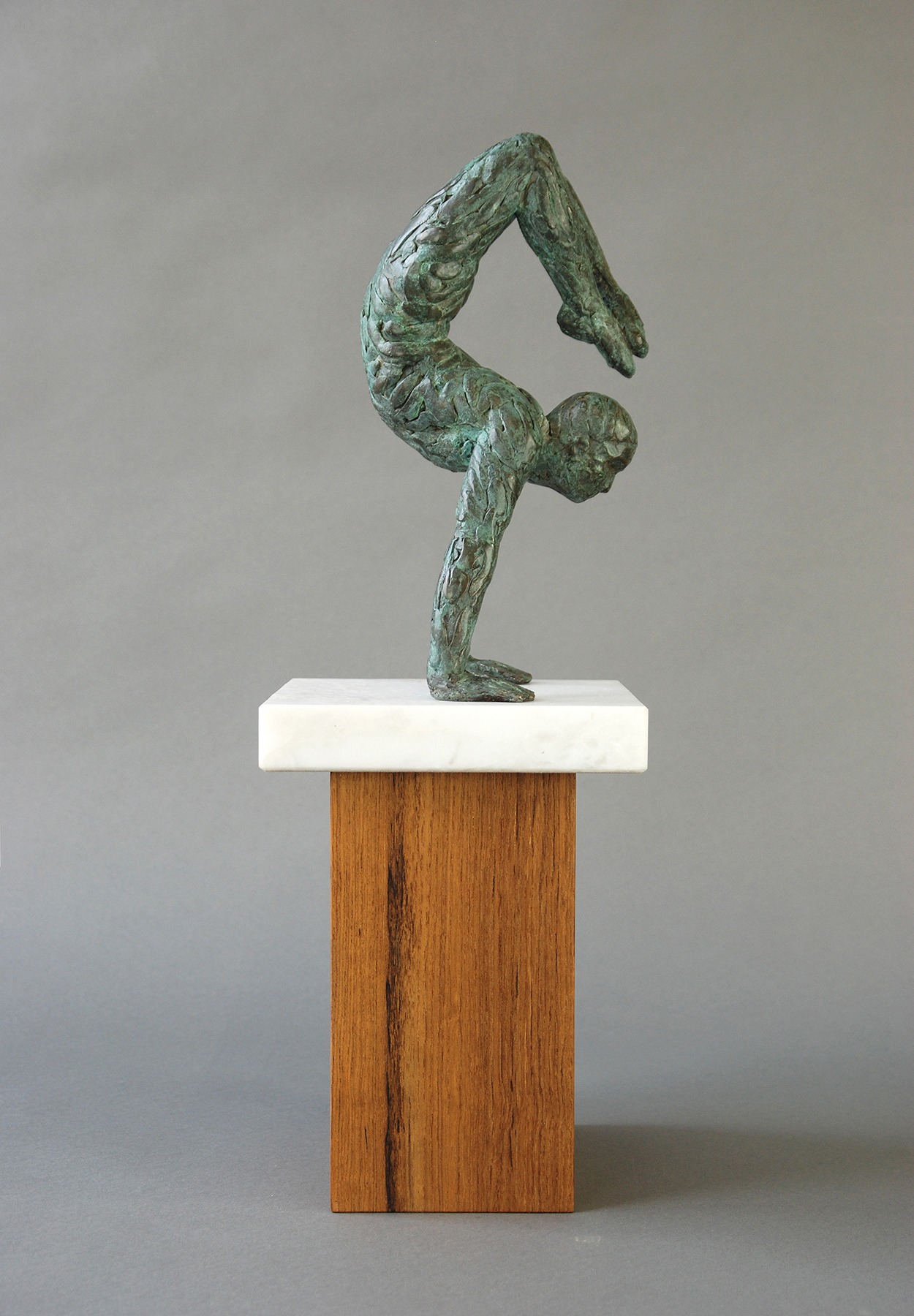Emma’s pieces make a compelling statement in modern interiors, where their rich textures and figurative forms can stand out against minimalist settings or complement earthy, natural palettes. Ideal for display on pedestals, console tables, or as a striking centerpiece in open-plan spaces, her work also pairs beautifully with organic materials like wood, stone, and linen. Whether showcased solo or as part of a curated collection, her sculptures bring an emotional and physical presence to any space.
About the Artist
Emma Jean Kemp is a UK-based sculptor who studied in Florence, where she nurtured her love for classical technique and the tactile nature of clay. She later studied Fine Art at Nottingham Trent University, exploring community-based and interactive art before returning to sculpture full-time in Bristol in 2010. Since then, she has honed her practice in figurative work, gaining national recognition and recently receiving Arts Council funding to expand her metalworking skills. Always eager to evolve, Emma continues to challenge both her materials and her subject matter, with work that reflects a lifetime of curiosity about the body, movement, and meaning.

